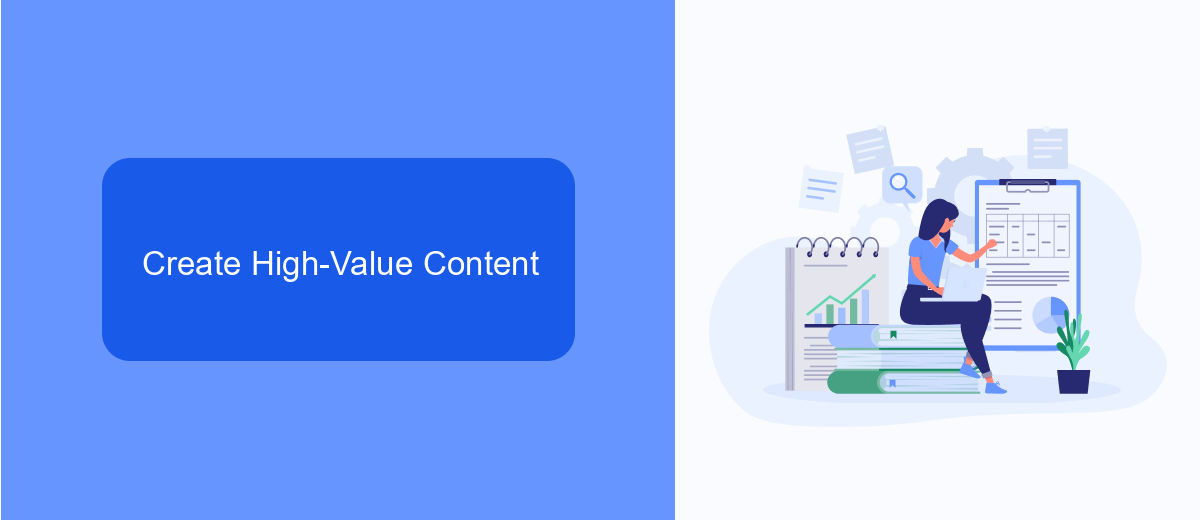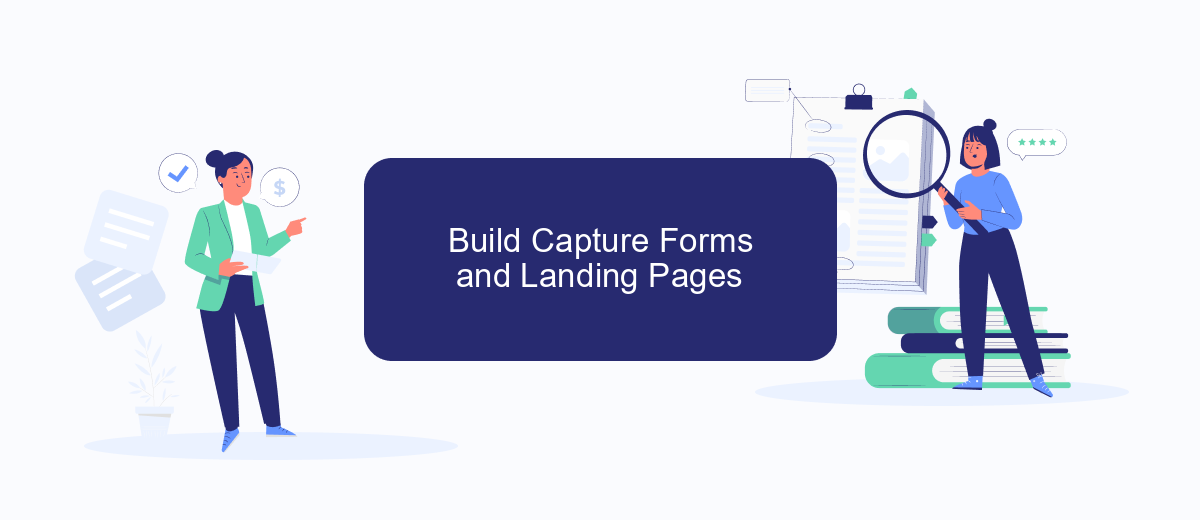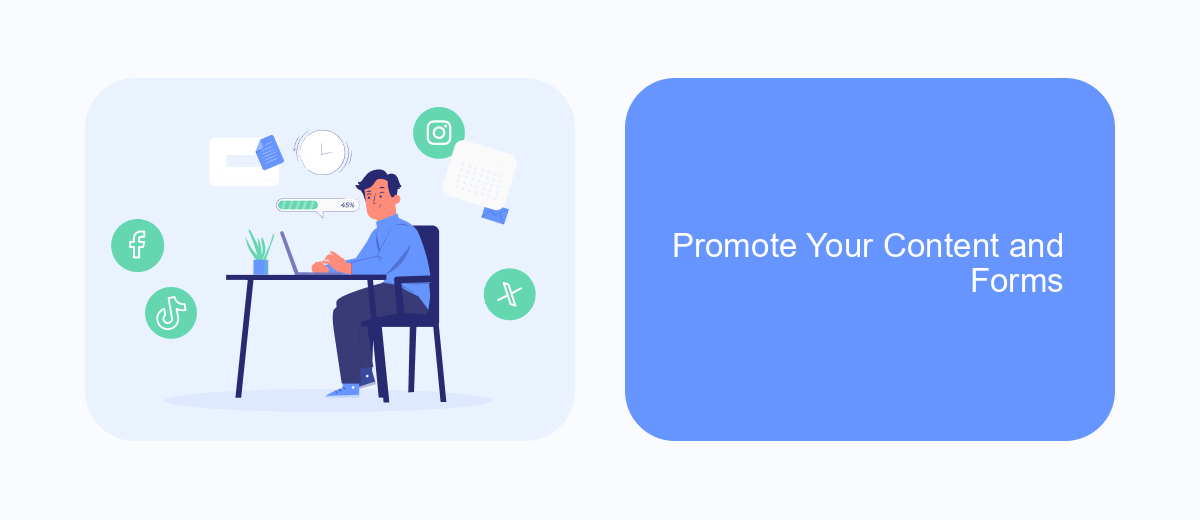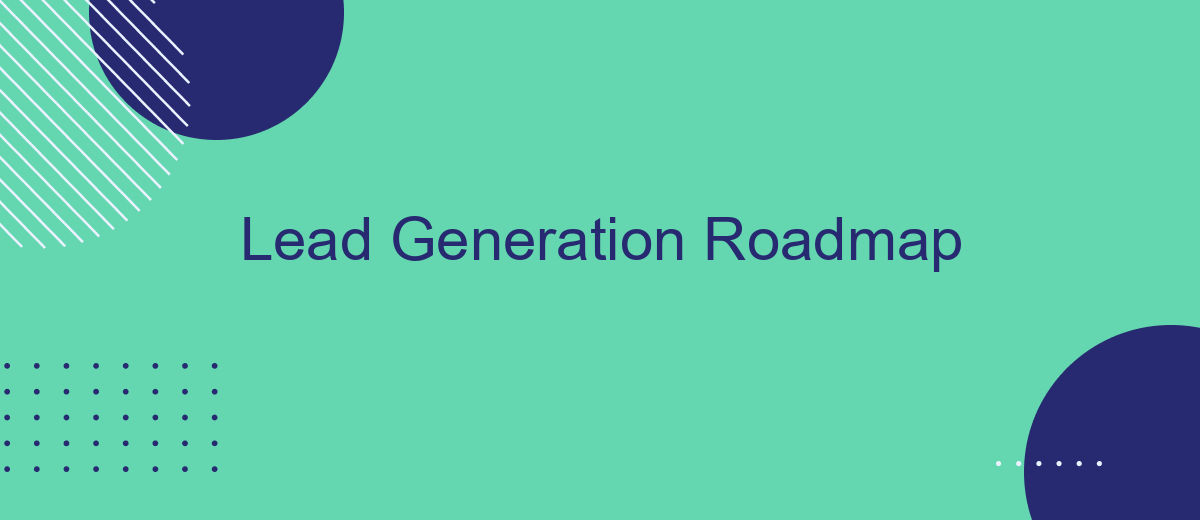In today's competitive business landscape, effective lead generation is crucial for driving growth and ensuring long-term success. This roadmap will guide you through the essential steps and strategies to attract, engage, and convert potential customers. Whether you're a seasoned marketer or new to the field, our comprehensive guide will provide valuable insights to optimize your lead generation efforts and achieve your business goals.
Define Your Target Audience
Identifying your target audience is a crucial first step in any lead generation strategy. By understanding who your ideal customers are, you can tailor your marketing efforts to attract them more effectively. Start by gathering data on your current customers and analyzing their demographics, behaviors, and preferences. This will provide valuable insights into the types of prospects you should be targeting.
- Analyze customer demographics (age, gender, location)
- Study customer behavior and preferences
- Identify pain points and needs
- Segment your audience based on these factors
Once you have a clear picture of your target audience, you can use tools like SaveMyLeads to streamline your lead generation process. SaveMyLeads can help you integrate various marketing platforms, ensuring that your efforts are cohesive and efficient. By targeting the right audience with the right message, you can significantly increase your chances of converting leads into loyal customers.
Create High-Value Content

Creating high-value content is essential for effective lead generation. Start by identifying the needs and pain points of your target audience. Conduct thorough research to understand what type of content resonates with them. This could include blog posts, whitepapers, eBooks, videos, or webinars. Ensure that your content is informative, engaging, and provides real value. High-quality content not only attracts potential leads but also establishes your authority in the industry.
Once your content is ready, leverage various platforms to distribute it effectively. Utilize social media, email marketing, and SEO strategies to reach a wider audience. Additionally, consider integrating tools like SaveMyLeads to automate your lead capture process. SaveMyLeads can help you streamline the flow of information from your content marketing efforts directly into your CRM, ensuring that no potential lead is missed. By consistently creating and distributing high-value content, you can build trust with your audience and drive more qualified leads into your sales funnel.
Build Capture Forms and Landing Pages

Creating effective capture forms and landing pages is crucial for successful lead generation. These elements serve as the primary touchpoints where potential customers interact with your brand. To maximize conversions, it's essential to focus on both design and functionality.
- Design User-Friendly Forms: Ensure that your forms are easy to fill out. Use a clean layout, limit the number of fields, and include clear instructions.
- Craft Compelling CTAs: Your call-to-action buttons should stand out and clearly convey what the user will get by submitting the form. Use action-oriented language.
- Optimize Landing Pages: Make sure your landing pages are visually appealing and aligned with your brand. Use high-quality images and concise, persuasive copy.
- Integrate with CRM: Use services like SaveMyLeads to automate the integration of your capture forms with your CRM system. This ensures that leads are promptly followed up on.
By focusing on these key areas, you can significantly improve your lead capture process. Remember, the goal is to make it as easy as possible for potential customers to provide their information while ensuring that your branding and messaging remain consistent and compelling.
Promote Your Content and Forms

Once you've created compelling content and forms for lead generation, the next step is to promote them effectively. Start by sharing your content across multiple channels to maximize its reach. Social media platforms, email newsletters, and your website are excellent places to start.
Leverage paid advertising to boost visibility and drive targeted traffic to your forms. Platforms like Google Ads and Facebook Ads allow you to reach specific demographics, ensuring your content gets in front of the right audience.
- Share on social media channels
- Include in email newsletters
- Utilize paid advertising
- Collaborate with influencers
- Optimize for search engines
To further enhance your lead generation efforts, consider using integration services like SaveMyLeads. This tool can automate the transfer of leads from your forms to your CRM, ensuring no lead is lost and streamlining your follow-up process. By promoting your content and utilizing the right tools, you can significantly improve your lead generation results.


Integrate with SaveMyLeads
Integrating with SaveMyLeads can significantly streamline your lead generation process by automating data transfer between various platforms. SaveMyLeads allows you to connect your lead sources, such as Facebook Ads and Google Ads, directly to your CRM or email marketing tools. This ensures that every lead is captured and nurtured without any manual intervention, reducing the risk of errors and saving valuable time for your team.
To get started, simply sign up for SaveMyLeads and select the integrations that best suit your business needs. The platform offers a user-friendly interface and step-by-step guides to help you set up connections effortlessly. By leveraging SaveMyLeads, you can ensure a seamless flow of information, enabling your sales and marketing teams to focus on converting leads into customers, rather than getting bogged down with data management tasks.
FAQ
What is a Lead Generation Roadmap?
Why is a Lead Generation Roadmap important?
What are the key components of a Lead Generation Roadmap?
How can automation improve lead generation efforts?
What metrics should be tracked in a Lead Generation Roadmap?
Would you like your employees to receive real-time data on new Facebook leads, and automatically send a welcome email or SMS to users who have responded to your social media ad? All this and more can be implemented using the SaveMyLeads system. Connect the necessary services to your Facebook advertising account and automate data transfer and routine work. Let your employees focus on what really matters, rather than wasting time manually transferring data or sending out template emails.
